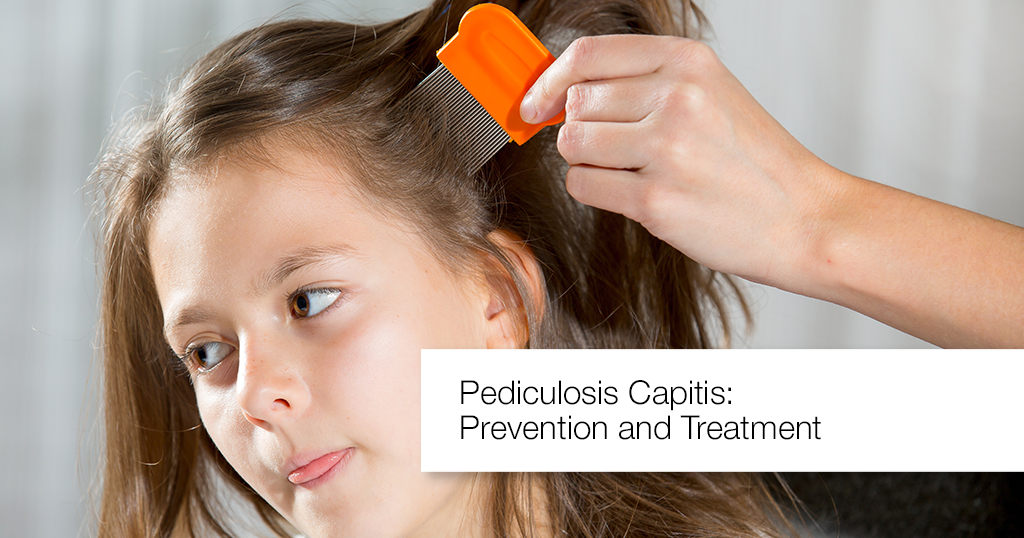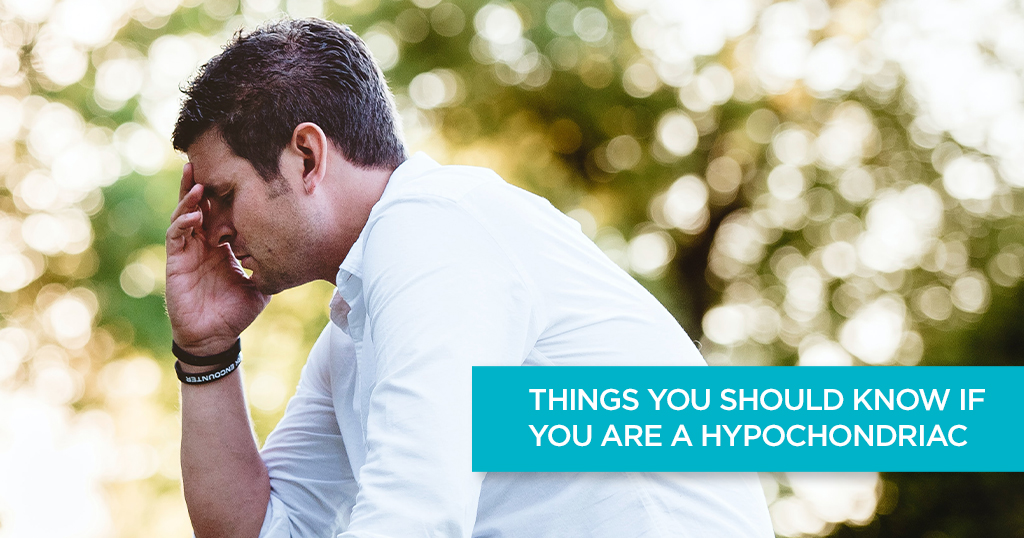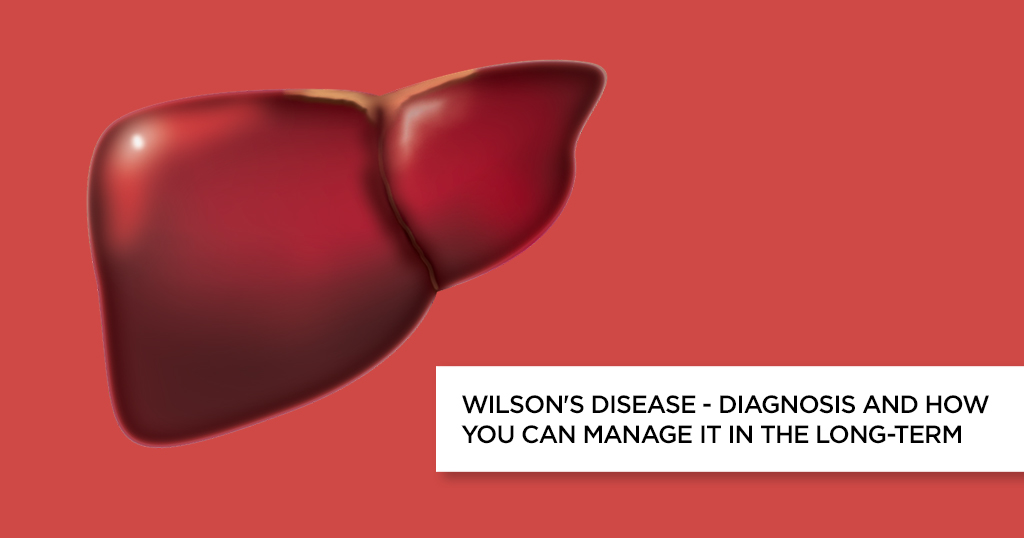Pediculosis Capitis: Prevention and Treatment


Overview:
Pediculosis capitis, more commonly known as head lice and nits (Lice eggs), is a condition which involves infestation of the human scalp by tiny insects known as lice. Head lice mostly affect children. This condition spreads via use of personal items, like hair brushes, hats, scarves etc. These insects, which are ectoparasites, feed on human blood right from the human scalp. A head lice infestation does not involve any bacterial or viral infection. This is an issue which causes much distress to parents, caregivers and teachers. So, let us take a look at how to stay at a safe distance from these blood-sucking parasites.
What is Pediculosis Capitis?
Head lice or Pediculus humanus capitis is one kind of parasite which can be found on the heads of people. The name of the disease is derived from the scientific name of this parasite and refers to its infection or infestation. It is a tan or grayish colored insect that is the size of a strawberry seed. The female head louse releases a sticky substance that makes each egg adhere to a hair shaft. The eggs get attached at about 4 millimeters distance from the shaft base which provides an ideal temperature for egg incubation. The adult louse could live for approximately 30 days on a human head by feeding on blood. If they fall off, they shall die within 2 days. This ectoparasite infestation is a common issue of health concern in the pediatric age group.
Symptoms of Pediculosis Capitis:
You may not be exactly aware of a lice infestation as soon as it occurs as the nits or lice eggs are very small, hard to see and often confused with dandruff. They take about a week to hatch. The signs and symptoms commonly observed are:
- Itching: Itching on the neck, ears and scalp is one of the most common symptoms. This is an allergic reaction which happens due to louse saliva. However, the itching may not be felt for until after two to six weeks post infestation.
- Lice on scalp: Lice may be difficult to spot as they are small and move quickly. However, they may be visible moving down the hair or down the hairline and also felt against the skin at times.
- Nits on hair shafts: Nits stick on to your hair shafts and can be difficult to spot because of their small size. They can be found easily around the ears and hairline.
- Tickly feeling: Lice could cause a tickling feeling when they move on your scalp or in the hair.
- Head sores: Often, scratching the scalp due to lice infestation leads to sores on your head.
Causes of Pediculosis Capitis:
Head lice crawl, but they are not able to jump or fly. Generally, the transmission of head lice between individuals is via direct contact. This direct contact takes place either within a family or among kids who have close contact with each other at school or play. The means of transmission may be:
- Hats, caps and scarves
- Brushes and combs
- Hair ties, ribbons and clips
- Headphones
- Towels
- Pillows
- Clothing
- Pillows and blankets
- Upholstery
The risk factors include being female and 3 to 12 years of age.
Treatment for Pediculosis Capitis:
You could take the help of either over-the-counter (OTC) or prescribed medications, or use certain home remedies to get rid of head lice. At most times, lice cannot be treated immediately as medication cannot kill the recently-laid nits. Appropriately timed follow-up treatment is required to get rid of them effectively. Generally, it should be nine days post the first treatment. Ask your doctor for recommended treatments and schedules. These may include:
- OTC medications: OTC medicines have a pyrethrin-based formula which is a chemical compound extracted from the chrysanthemum flower. This is toxic for lice and needs to be applied to the hair after shampoo. Washing the hair with white vinegar also helps to dissolve the glue that attaches the nits to hair shafts. You need to follow the directions on the packet and rinse the hair with warm water. Do not rewash the hair for at least one to two days after the treatment. However, remember to not use any of these medicines if the person is allergic to chrysanthemum or ragweed.
- Prescription medications: In certain cases and geographical regions, lice may develop resistance to OTC medicines. Also, sometimes OTCs may fail because of inappropriate use or failure of repeating the treatment at a proper time. At such times, you need prescription medications to do the work.
- Benzyl alcohol kills head lice by depriving them of oxygen. However, it is not approved for infants less than 6 months of age because of side effects like redness and itching.
- Ivermectin should be applied once to dry hair and washed off with water after ten minutes.
- Spinosad kills live eggs and lice, generally not needing repeated treatment.
- Malathion needs to be applied, dried naturally and washed after eight to twelve hours. This drug cannot be used near a hair dryer or open flame.
- Lindane is a medicated shampoo which could have severe side effects like seizures. It should only be used as a last resort. This medication cannot be used on anyone who has history of seizures, HIV infection, pregnant, or who has less than 50 kilograms of body weight.
- Home remedies: For people who do not prefer to use medications, there are some alternative treatments to try at home. However, there is little or no evidence of the effectiveness and reliability of such treatments. These include:
- Combing through wet hair using a fine-toothed nit comb may help to remove lice and nits. The hair should be wet and a lubricator like conditioner, oil or serum should be used. The entire head from scalp to hair tips should be combed through and repeated once every three or four days for multiple weeks.
- Certain natural or essential plant oils could have a toxic effect on lice and nits. These products include tea tree oil, lavender oil, Ylang ylang oil, eucalyptus oil, anise oil and nerolidol.
- Quite a few household products could be put to use to treat head lice infestations. These are known as smothering agents and deprive the lice of air. These products should be applied and left overnight. Examples are mayonnaise, butter, olive oil and petroleum jelly.
Prevention of Pediculosis Capitis:
It is not that easy to prevent head lice as it is a common infestation issue. However, there are certain precautionary measures which could reduce the risk of getting head lice.
- You need to educate children about avoiding rubbing their heads against others during play time.
- Children should be advised not to share their clothes, hats, scarves as well as other personal items like towels, hairbrushes etc. Garments should be hung on separate hooks.
- Disinfecting any comb, hair ties or brushes which may have been used by others to avoid the chances of contamination is essential.
- Avoid contact with the bed, pillows, couch, carpet or stuffed animals of a person with head lice.
- Getting all floor space and furniture thoroughly cleaned and vacuumed if previously occupied by a person with head lice.
- Inspecting the heads of all family members for lice a week after treatment.
Conclusion:
Getting head lice infection is pretty common, has been around for centuries and has nothing to do with personal hygiene. It could happen to anyone and with hair of any length. However, it is important to note that treatment should only be opted if live lice have been clearly identified. You should only go for an ideal treatment that is safe, easy to use, toxic-free, readily available and effective.





